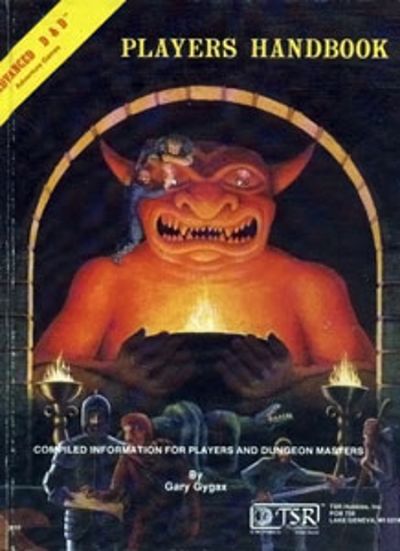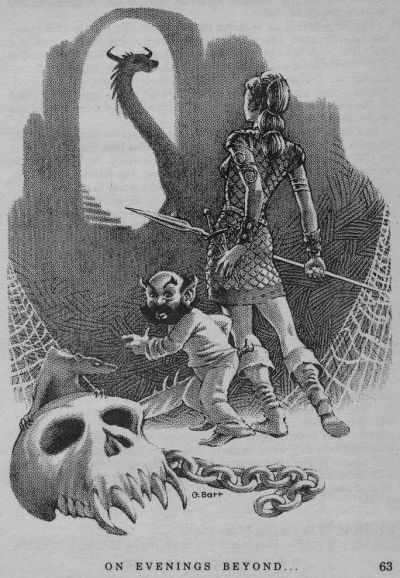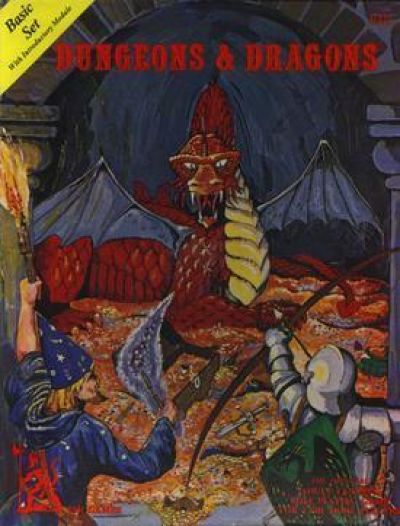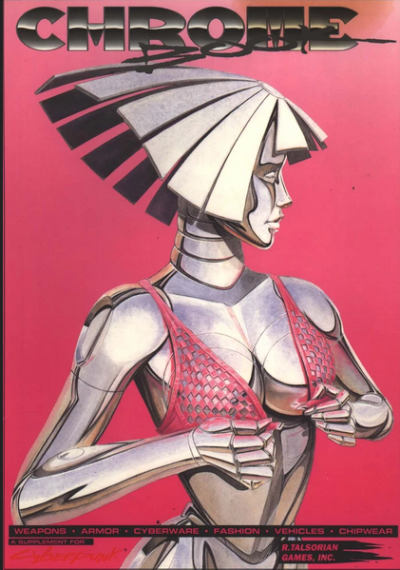My First Ten RPGs: 3

1 Jun, 2020
0 comments
Stealing from Aaron de Orive, my first ten tabletop RPGs in ten days, in the order in which I encountered them. Number three is the game that hooked me on roleplaying games: Traveller, Little Black Book edition.
This is a skill-based science fiction RPG heavily influenced by the likes of Norton, Tubb, and Piper. Despite some unique features (like a character generation system that often killed characters before play), it was the most popular SF rpg of its era. Having navigated many editions, it is still in print today.
This particular edition had the slight drawback that the cost per page was significantly higher than the cost per page of photocopies. This drove an evolution towards perfect bound and hard cover versions.
It established my preference for skill based systems over class. Oddly, I prefer FRPGs to SFRPGs because the world building short cuts needed to make SFRPGs playable vex me.





